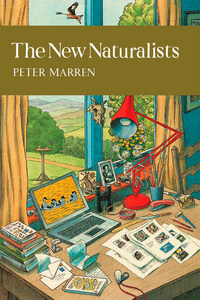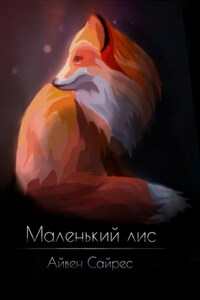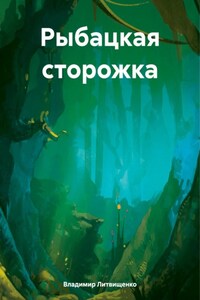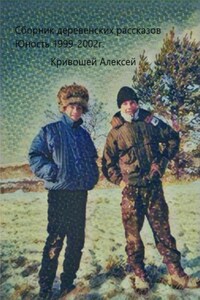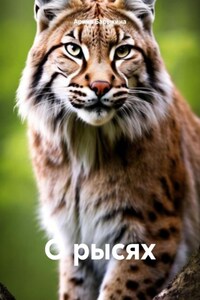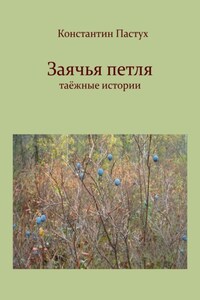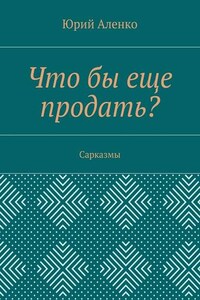Sarah A. Corbet
S.M. Walters, ScD, VMH
Prof. Richard West, ScD, FRS, FGS
David Streeter, FIBiol
Derek A. Ratcliffe
The aim of this series is to interest the general reader
in the wildlife of Britain by recapturing the enquiring spirit of the old naturalists. The editors believe that the natural pride of the British public in the native flora and fauna, to which must be added concern for their conservation, is best fostered by maintaining a high standard of accuracy combined with clarity of exposition in presenting the results of modern scientific research.
âThe New Religionâ, the unofficial title of an oil painting of four naturalists by L.J. Watson, 1946. The four are (from top left, clockwise): A.G. Tansley, A.S. Watt, Cyril Diver and E.B. Ford. A bystander, observing the quartet, asked what they were doing. âDonât you know?â replied Watson. âItâs the new religion!â (Photo: Peter Wakely/English Nature)
Iâve always thought of myself as a New Naturalist â a hard-covered version of course â and with rather good reason. The series and I were born in the same year, we grew up together and I have read them all. Itâs my great pleasure to own a complete set of first editions, together with all the Monographs, Country Naturalists and Countryside series. They are, however, not only among the most prized possessions in my library, they are also among the most used; no brown paper wrappers in dark places for my set. I refer to one or other almost daily and that in itself, to use an appropriate expression, speaks volumes. Whilst New Naturalists are now bought, collected and hoarded by some like stamps or coins, they are far more importantly still practical, for the most part highly readable, and certainly highly relevant compilations, and accounts of the numerous facets of British natural history. And as I pondered my response to Peter Marrenâs most kind invitation to write this Foreword to the new edition of his utterly excellent and beautifully-written series tribute, two things struck me. First, that I must be reasonably typical of a whole generation of naturalists in that by profession and training I embrace one discipline (in my case botany) but in interest and activity, I take in many others; and second, that the scope of the New Naturalist series remarkably mirrors both my own career and the evolution of British natural history in my lifetime. It is all a startling testament to the vision and foresight of its creators.
I have always lived in a Country Parish, I began my natural history like so many others, by collecting Butterflies and Moths, and became excited whenever one of our British Mammals or better still, one of the few British Amphibians and Reptiles made an appearance in the garden. I became passionate about British Plant Life and started my own herbarium in order to identify Wild Flowers, especially the Wild Flowers of Chalk and Limestone and the Mountain Flowers in the Peak District close to where I grew up. We lived alongside a small stream and I was entranced by Life in Lakes and Rivers and, as a trout fisherman, inevitably took an interest in An Anglerâs Entomology. Then, in the nineteen fifties and early sixties, I travelled to more distant areas of the country, fell in love with Mountains and Moorlands, saw the Highlands and Islands, The Weald, Dartmoor, Snowdonia and began to discover The World of Spiders, Insect Migration and Woodland Birds.
As a native of Derbyshire, arguably the most inland of British counties, venturing to The Sea Coast opened up a new world to me, the world of Sea Birds, The Open Sea and the Flowers of the Coast. As I matured as a naturalist, I began to appreciate an understanding of the earth on which we lived and became fascinated by Britainâs Structure and Scenery, by Fossils, indeed by the whole complex partnership of Man and the Land. This saw fruit at university where as an undergraduate, I read both botany and geology and then became hooked on Mushrooms and Toadstools â to the extent that years later I was to become one of John Ramsbottomâs successors as President of the British Mycological Society â and then during my research years in forestry, admired the complex interrelationship between
